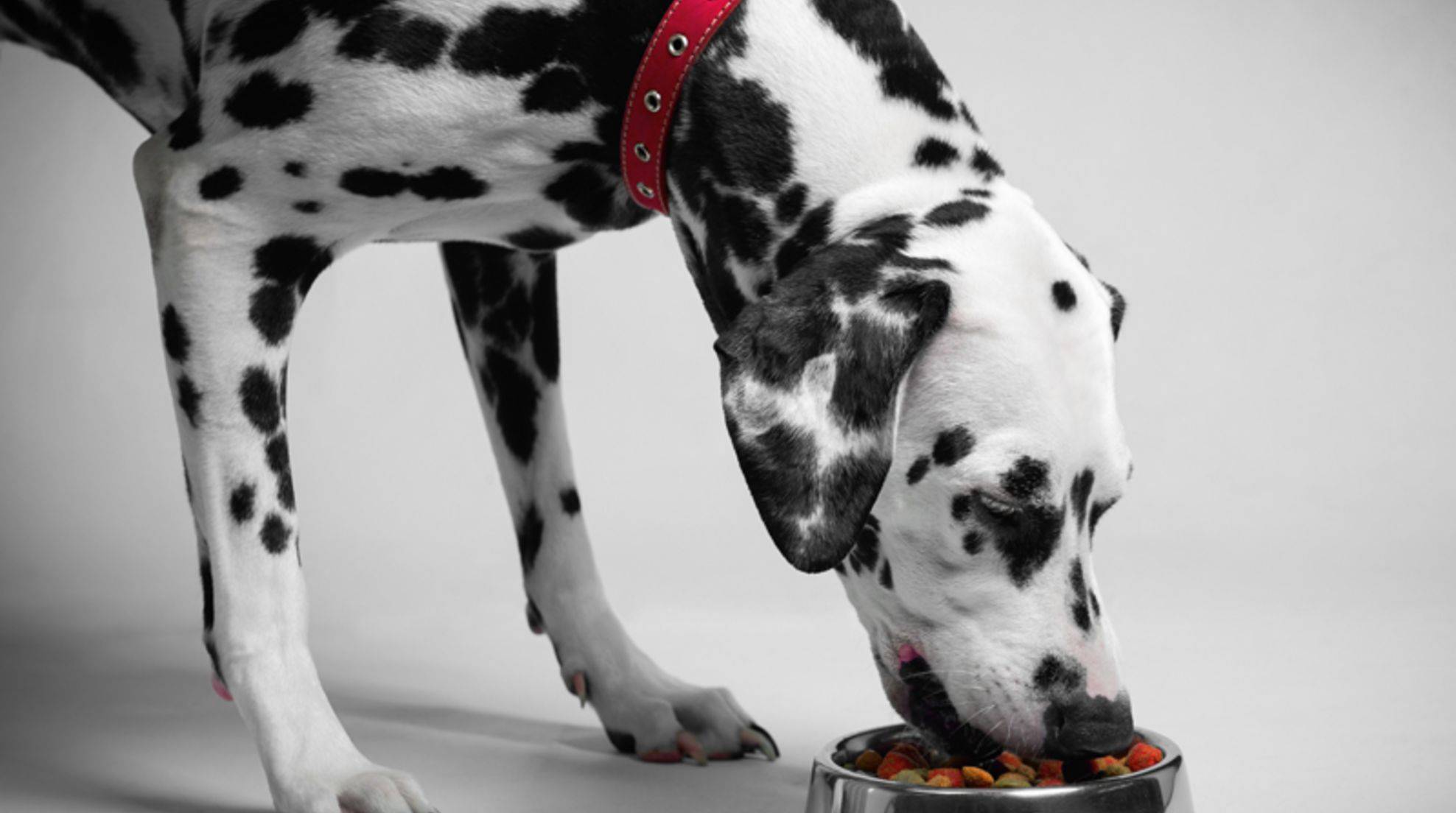
Dry Food vs. Wet Food for Dogs: Which Option is Superior?
There are different opinions on whether wet or dry dog food is better. Even experts do not always agree. It also depends on which dog you have. These tips will help you navigate the dog food maze.
Wet food is preferred by some dog owners because they find it more convenient. Others prefer dry food, because their dog can better cover his liquid requirements. Who is right? Which is best for dogs?
Dry food is good for dogs
The longer shelf-life of dry dog food is a major advantage. The low water content means that the kibbles, cookies and other dog food do not spoil as quickly. They can also be stored more easily. They also make less mess if you spill the food. Dry food is easier to carry with you if you are taking your dog on vacation or a long journey. Your furry mutt needs smaller portions of dry food than meat in gravy or patties. This is more environmentally friendly and cost-effective in the long term, as it uses less packaging.
There are also benefits to eating wet food
The water in wet food releases more flavors, which dogs prefer. Dogs can also easily meet their water needs if they consume liquid with their meals. Wet food is often easier for dogs with large appetites to maintain weight, since they can consume larger portions of food without exceeding their daily calorie requirement. Soft cuts of meat, which are easier to chew, are preferred by dogs who suffer from gingivitis and toothaches. When it comes to dog foods, there is a lot of debate about what is best for teeth. Others argue that dry food can cause dental problems because it sticks to the teeth when you chew. Wet dog food, it is said, is better tolerated by those with digestive issues and food allergies. Neither the one nor other has been proven scientifically.
It is perfectly fine to mix dry and moist dog food. To avoid upset digestion, it is best to not feed both types of dog food at once, but at different times. Once you find a diet your dog enjoys, it is okay to stick with that. You can provide variety to your dog’s diet by alternating between dry and moist food.
Speak to your veterinarian if your pet has digestive issues or a chronic illness. Your vet can prescribe special diets for your sick dog and provide you with tips on hypoallergenic or gentle food. Good dog food, whether it is dry or moist, should contain a lot of meat and high-quality oils and fats. Salmon oil is generally well tolerated by most dogs. If the only mention on the label is “fats” and “vegetable oils”, it’s best to avoid this food. Amaranth is the best pseudo-grain, followed by buckwheat and millet.

